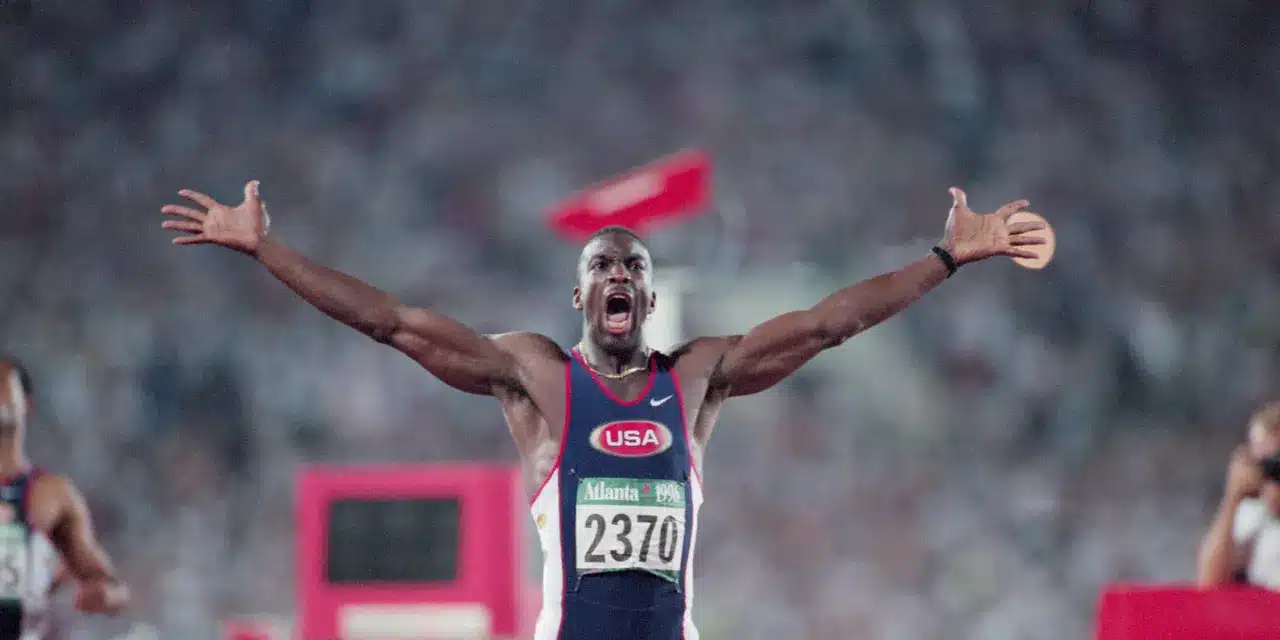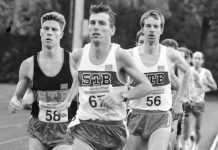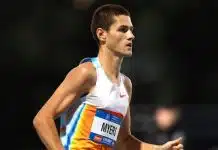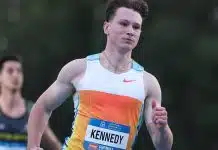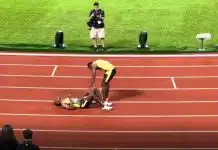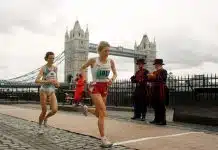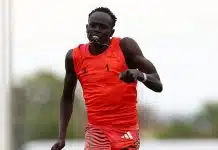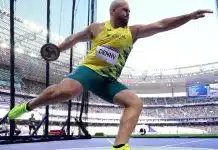Way back in 1972, when Frank Shorter was just a crazy young kid with a dream of winning the Olympic marathon and China was just beginning to emerge onto the international stage after decades of isolation, Chinese premier Zhou Enlai was asked about the impact of the French Revolution.
“Too early to say,” Zhou replied of an event which was approaching its two hundredth anniversary.
That’s inscrutability for you. Readers with keen memories may also recognise it as one of this writer’s favourite hooks, but there you go.
Were he still alive, and a keen athletics fan – one of which propositions is definitely false, the other unknowable – Zhou might make the same comment about Michael Johnson’s Grand Slam Track project. Launched with great fanfare, Grand Slam Track is two meetings into its first season with two more to come in the next few weeks. Is it the next big thing? A big thing at all? Too early to say.
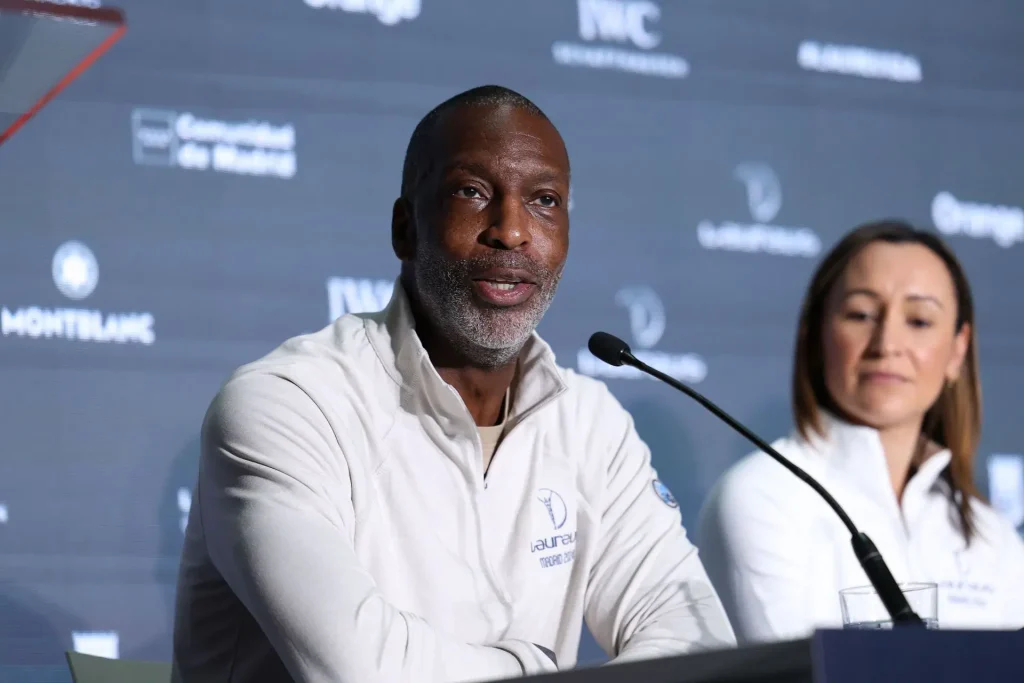
There’s plenty of good things about it. First and foremost among them that Sydney McLaughlin-Levrone has signed on. SML has already raced four times, twice each at the 400 metres hurdles and the 400, which, not counting heats, is already about as many individual races as she has raced in either of the past two years. Under the GST format, in which athletes have to race twice over three days in each of the four meetings, she will run at least four more. Eight times Sydney McLaughlin-Levrone? Gotta be happy with that.
And with every race being a straight final of eight athletes, the competition is distilled to its essence. Fans have already seen some great racing such as the men’s 1500 in the first meeting in Kingston, Jamaica where Olympic 800 champion Emmanuel Wanyonyi upstaged the specialists.
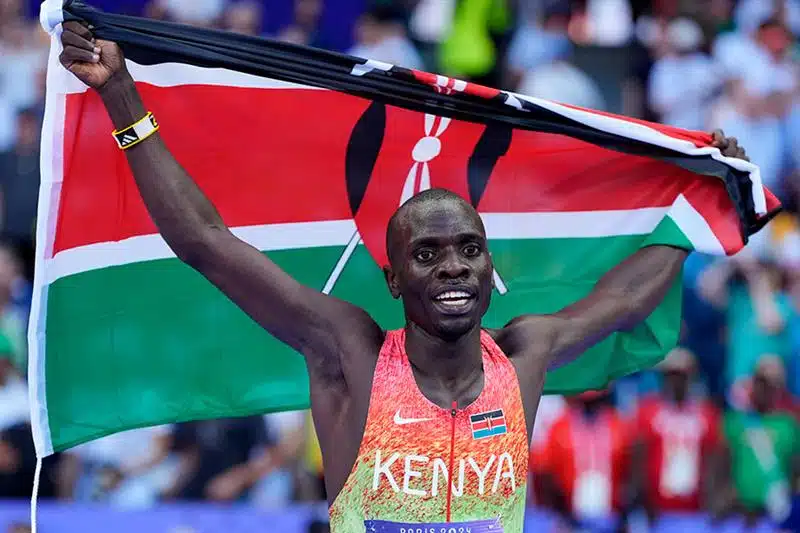
What’s not to like? Well, the total absence of field events is one. This was pre-announced with Johnson’s observation that “I think I can save track. I don’t think I can save track and field.” That may be true, but from this distance the absence of field events leaves a big hole. One of the most appealing aspects of an athletics meeting – for those spectating live, at least – is that there is something going on all the time and most of the time at least two things at once. Even in a made-for-television window gaps in a track-only program diminish the experience.
And while eight competitors may be ideal for sprints, hurdles and even the 800, it leaves the longer distances – GST has 1500, 3000 and 5000 – sometimes looking critically under-populated. Racing for big prize pools, too, is as likely to dictate caution in the longer races as it is to encourage boldness. There’s only so many exciting last-lap dust-ups one can take.
The other hurdle GST has to jump is that it must continue to attract enough of the highest quality athletes. Some events have, others have not. Of earlier attempts at something similar, the most successful was the International Track Association which lasted four years from 1972 to 1976, attracted good spectator interest and featured many of the champions of the 1972 Munich Olympics. In the end though, ITA foundered on not being able to sign up the projected stars of Montreal 1976 (of course, that was in the amateur-professional era while now athletics is open).
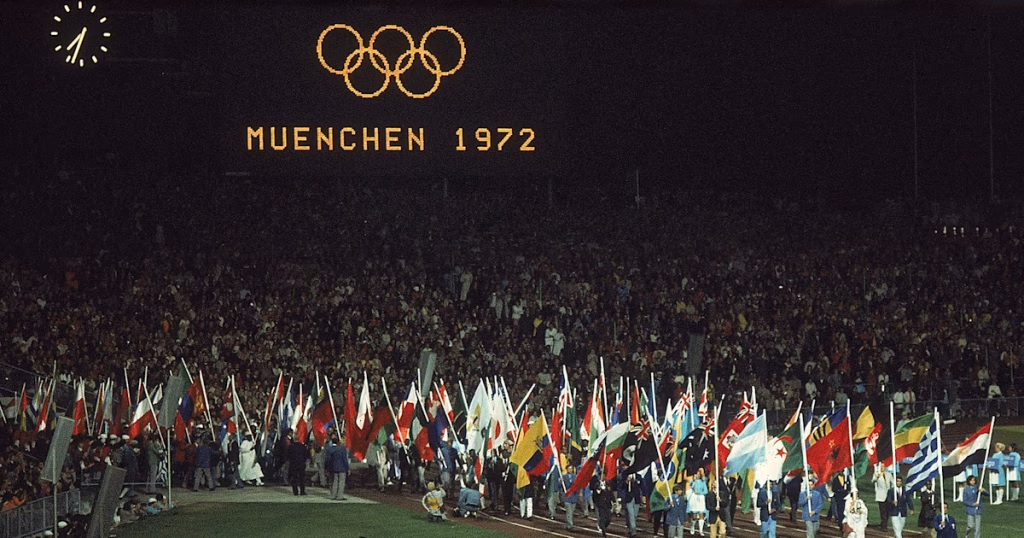
Grand Slam Track has made a promising start and presumably its backers have deep enough pockets to give it time to develop. But does it have a secure long-term future? Too early to say.
We’ve barely recovered from the domestic season, but already there’s a couple of “too early to say” questions floating around. After a 2:33.45 for 1000 metres and a 1:57.83 800 in the first two Diamond Leagues which, in turn, followed her second place behind Jess Hull but ahead of Georgia Griffith and Linden Hall in the national 1500, is 2025 about to be the year we see Sarah Billings fulfil her undoubted potential. Another 1500 in Japan on 18 May may provide further evidence but – too early to say.
Staying on point, what can we expect this year from Linden Hall, Catriona Bisset, Stewie McSweyn and Olli Hoare who are all trying to extend already significant stays in the top echelons of world middle-distance running. Current signs are mixed but, again, too early to say.
At the other end of the spectrum, it seems one of our current crop of male sprinters must go sub-10 seconds soon. Lachie Kennedy has a legal 10-flat, Gout Gout two wind-aided sub-10s while the slightly older Rohan Browning is returning to the form which took him to a 10.01 at the Tokyo Olympics. Any day now, you’d reckon, Patrick Johnson will have company in the sub-10 lists but – it’s too early to say.
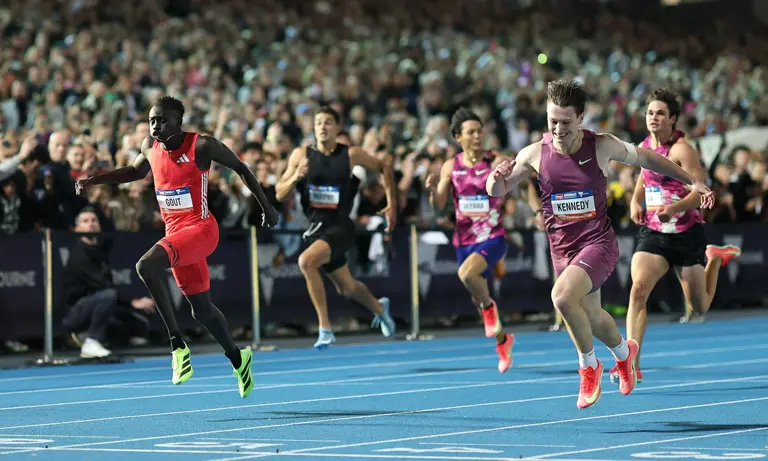
Actually, a quote from English marathoner Ian Thompson – Commonwealth and European champion in 1974 – seems apt here. “In a marathon,” Thompson said, “they stretch those last few miles somehow; they must use elastic measuring tapes.”
Thompson was talking about the longest Olympic running distance, Kennedy, Gout, Browning – and several others – are competing over the shortest. But as long as those last few centimetres – in Gout’s case that last puff of wind – continue to confound, it must seem that they, too, are measured with elastic tapes.
Another Aussie sub-10 this year? You guessed it: too early to say


